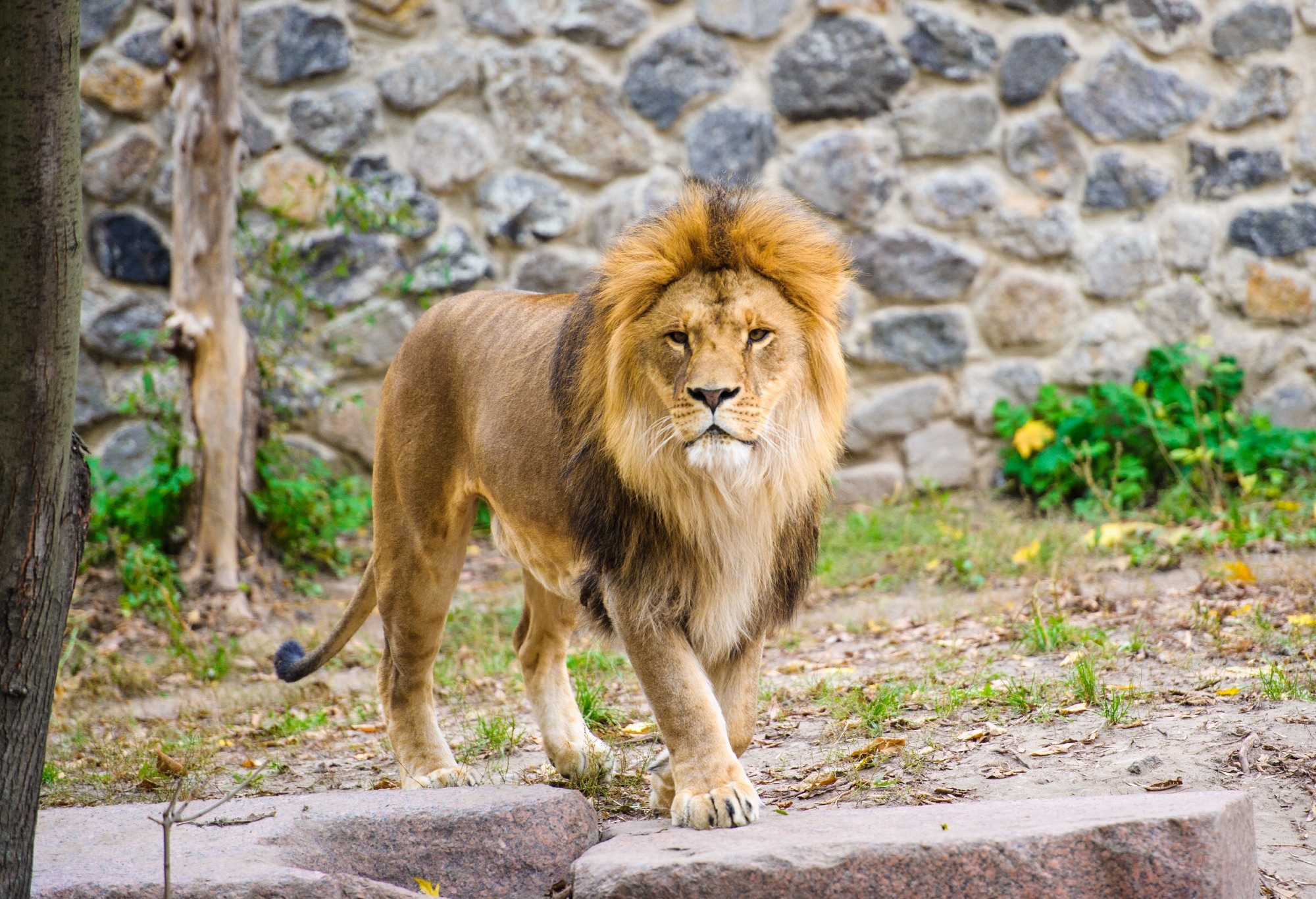In a recent study published in the Emerging Infectious Diseases Journal, researchers explored the possible transmission of severe acute respiratory syndrome coronavirus 2 (SARS-CoV-2) to zoo employees from an African lion.
 Study: Probable Transmission of SARS-CoV-2 from African Lion to Zoo Employees, Indiana, USA, 2021. Image Credit: TheLen/Shutterstock.com
Study: Probable Transmission of SARS-CoV-2 from African Lion to Zoo Employees, Indiana, USA, 2021. Image Credit: TheLen/Shutterstock.com
Background
SARS-CoV-2 can be transmitted from person to person, but it is also considered zoonotic due to natural infections in various mammalian species.
SARS-CoV-2 has a broad host range that includes big cats, mustelids, nonhuman primates, and other animals, as evidenced by natural infections noted in zoos, aquaria, and sanctuaries.
Zoo outbreaks often start when a zookeeper who is infected comes into close contact with others. Animal-to-human SARS-CoV-2 transmission is rare even though there have been instances of the same.
About the study
In the present study, researchers reported a group of SARS-CoV-2 infections occurring in multiple species at a zoo in Indiana, USA, which were linked to a SARS-CoV-2-infected African lion.
In December 2021, the Sentinel case took place while the zoo was closed. The lion was kept in a separate building having an indoor/outdoor enclosure that was situated more than 30 feet away from other animal enclosures.
Indoor feeding and veterinary processes were carried out by authorized staff with designated key access. Several species at the zoo were susceptible, including a snow leopard, Amur tigers, Amur leopards, North American river otters, and various nonhuman primates.
All the vulnerable animals, including the lion, were vaccinated with two doses of the Zoetis experimental mink coronavirus vaccine.
The lion was an elderly male with chronic kidney insufficiency as well as severe degenerative intervertebral disc disease that made it difficult for him to groom his lower body. The individual received two doses of the Zoetis vaccine on 14 September and 7 October 2021.
Employees noticed various symptoms on 18 December, including coughing, difficulty breathing, shivering, sneezing, lethargy, anorexia, nasal discharge, and exposed nictitans. Treatment with marbofloxacin started. Nasal swabs were obtained twice, on 18 and 23 December. The reason for his euthanization on 23 December was declining mobility caused by intervertebral disc disease.
The clinical signs associated with SARS-CoV-2 were no longer present and did not play a role in the decision to euthanize.
Nasal swab samples were collected from the lion on 18 December. Nasopharyngeal swab samples were collected from all employees who had been in contact with the lion within 10 days prior to its illness onset. The samples were screened using lateral flow immunoassay on 18 and 19 December.
The researchers conducted on-site screening of lions showing symptoms of SARS-CoV-2 infection. Infected personnel was interviewed by an epidemiologist from the Indiana Department of Health.
The interviews conducted focused on the symptoms, prior vaccinations, and potential exposure of infected employees to other employees and the public within the 10 days prior to the onset of their illness.
Results
SARS-CoV-2 was found in the lion on 18 December. Furthermore, SARS-CoV-2 was detected via reverse transcription–polymerase chain reaction (RT-PCR) in nasal swabs from 18 and 23 December, as well as in lung tissue, intestinal tissues, and nasal turbinate obtained during the necropsy on 23 December.
High-quality genomic sequencing of the SARS-CoV-2 Delta variant, AY.103 lineage was achieved from ribonucleic acid (RNA) extracted from the nasal swab samples. The necropsy results revealed intervertebral disc degeneration, chronic lower airway disease, chronic renal disease, and severe rhinitis.
Nine employees (Z1-Z9) entered the building in which the lion was housed during the time when the lion may have been exposed. Three employees (Z1, Z2, and Z3) contracted COVID-19 between December 21-24 and were infectious from December 19 onwards.
Employee Z5 experienced head-to-head contact with a lion within a five-day period of probable acquisition. Several employees (Z4, Z6, Z7, Z8, and Z9) had contact with the lion six to 10 days before it fell ill. These employees either engaged in caudal activities only or had exclusive contact with the lion.
The lion samples collected on 18 and 23 December showed the same sequences as the Z1 and Z2 samples.
Conclusion
There were three confirmed cases, including two humans and one probable human case of SARS-CoV-2 infection. The presence of identical genomic sequences in specimens obtained from confirmed SARS-CoV-2 cases indicates that these infections were acquired in the same location.
The likely cause of sentinel case infection at the closed zoo was one of six asymptomatic employees who tested SARS-CoV-2-negative on the day the lion was diagnosed and did not show any signs of illness afterward.
Employee Z5, who reported cranial contact with the lion within five days before its symptom onset and who did not develop SARS-CoV-2 symptoms, is perceived to be the most probable source of the lion's infection.
Lion-to-human transmission is believed to have occurred in two and potentially three cases based on the present investigation.
Close interaction with big cats can increase the risk of transmitting SARS-CoV-2 between humans and animals, even if the person has been vaccinated. Extra caution should be taken for older animals or those with pre-existing health issues.
Journal reference:
-
Siegrist, A.A., Richardson, K.L., Ghai, R.R., Pope, B., Yeadon, J., Culp, B., Barton Behravesh, C., Liu, L., Brown, J.A. and Boyer, L., 2023. Probable transmission of SARS-CoV-2 from an African lion to zoo employees. Emerging Infectious Diseases. doi: 10.3201/eid2906.230150 https://wwwnc.cdc.gov/eid/article/29/6/23-0150_article